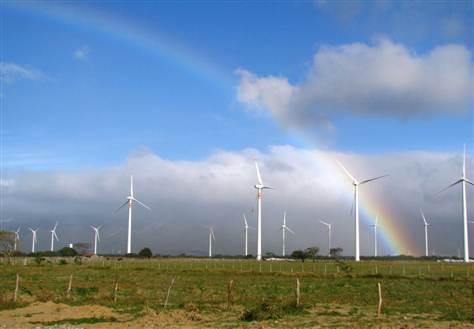The enquiry comes in the form of research to be conducted by Australia’s National Health and Medical Research Council or NHMRC, the same entity that, three years ago, found no evidence to link wind farms and adverse impacts on health. South Australia’s Environmental Protection Agency will soon test residences within the wind farm located in Waterloo for low frequency noise and infra-sound right down to 0.25 Hz, and an on-and-off testing both indoors and outdoors of homes.
The Resistance to Wind Turbines
According to Victoria’s Federal Health Minister David Davis, he has continuously received correspondence from residents regarding the adverse impacts of wind farms on their health, particularly wind turbine syndrome. These residents have reported having nausea and headaches from hearing the sound of the spinning of turbine blades. Wind turbines are meeting the same kind of resistance that solar panels did. As more consumers switched to using solar panels, however, the steep drops in solar quotes have quieted the brouhaha over their use.
Still, there remain communities that have attested to the benefits of having renewable sources of energy in wind farms as they claim to have better schools, better roads, higher incomes, and a plethora of birds. Pro-wind farm contest the report that sleep is disrupted when the turbine blades spin and attribute this disruption to chronic sleep loss disorder and not from hearing or listening to the humming sounds and vibrations of wind turbine blades.
Dampening the Sounds of Wind Turbines
New designs in wind power technology have come up with systems to dampen these sounds by cancelling or blocking out multiple frequencies of sound. In the past, researchers have recommended the enlargement of buffer zones around areas with wind farms of two kilometres to avoid these so-called adverse effects since some of these wind farms are around 0.8 kilometres away from residences.
Like the use of solar power in solar panels by households a few years ago, wind power usage seems to be discouraged at this point. The issue is ultimately less of whether or not wind power is cheaper and cleaner than of the existing or potential side effects that domestically and naturally produced energy brings.
Solar Power is cheaper than Wind Power
Unlike solar quotes, wind turbine prices are comparatively more expensive. Although wind power is consistent, it can vary significantly over shorter scales of time, necessitating a grid upgrade and assuming a lowered ability in supplanting conventional production. Furthermore, wind turbines are highly dependent on location, a factor which does not hinder solar energy from operating.
Notwithstanding the allegations that Prime Minister Abbott wants researched, wind turbines achieve their maximum potential when implemented with a solar system. In a breeze, wind turbines are able to generate energy even when there is no sun and solar power is able to generate electricity in the daytime when no wind is blowing. Still, if you need power only for a small area, solar panels are recommended.



